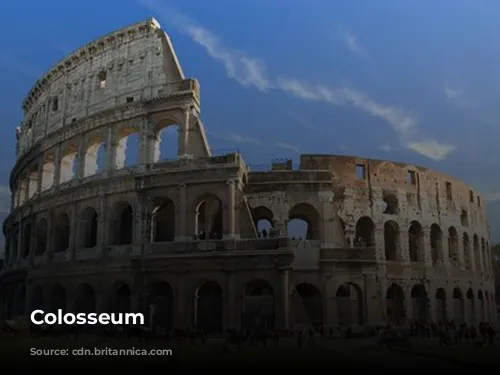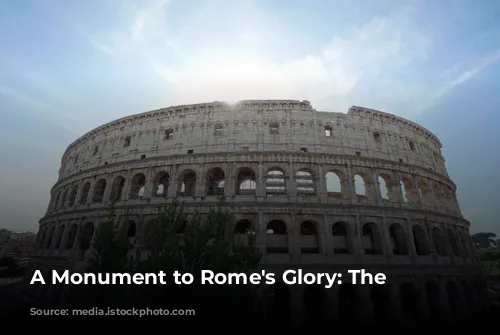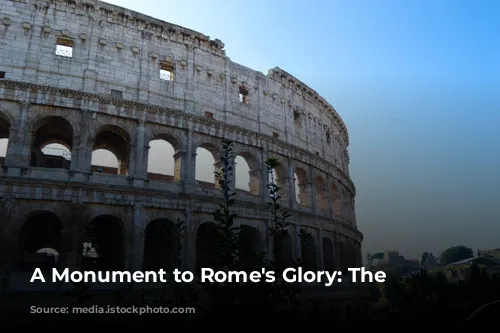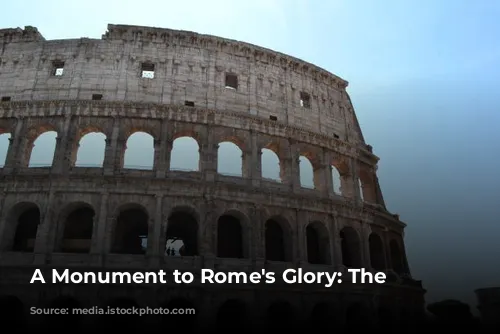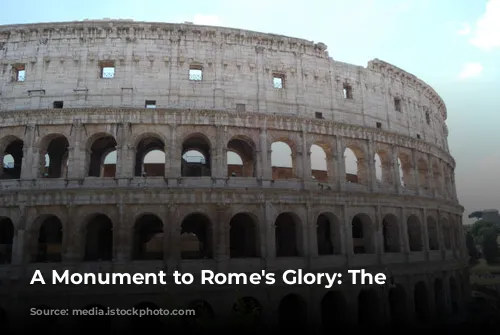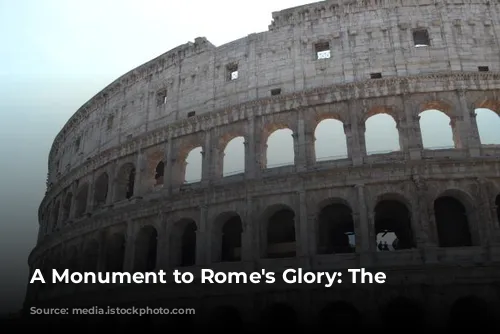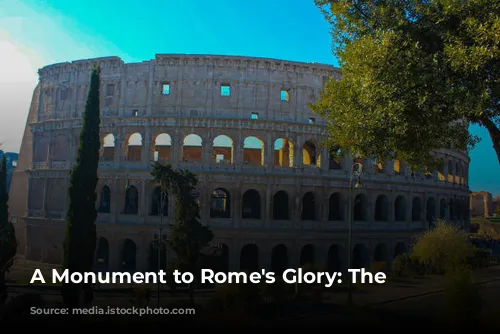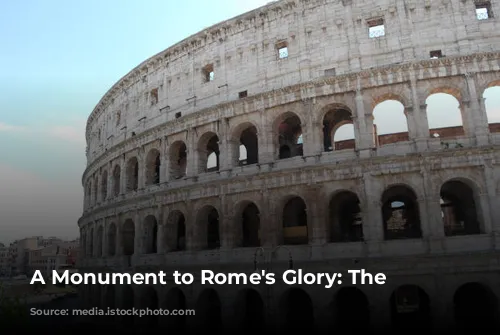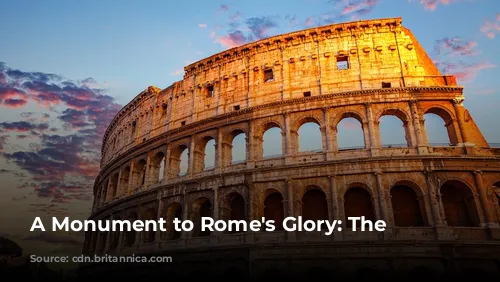The Colosseum, a towering symbol of ancient Rome’s grandeur, stands as a testament to the ingenuity of its architects and engineers. This iconic amphitheater, one of the few largely intact structures from the Roman Empire, continues to captivate visitors from across the globe.
The Colosseum generates a significant income for the Italian government, attracting millions of tourists every year. In 2018, the Colosseum, alongside the Roman Forum and Palatine Hill, raked in over $63.3 million (€53.8 million), solidifying its position as Italy’s most profitable tourist attraction.
From Arena to Fortress: The Colosseum’s Transformation
Despite its impressive legacy, the Colosseum endured a tumultuous period after the fall of the Western Roman Empire. For centuries, the arena lay in a state of neglect, its once magnificent features slowly fading into oblivion. In the 12th century, the Frangipane and Annibaldi families claimed the Colosseum as their fortress, transforming the space into a stronghold. This period saw the arena repurposed for defensive purposes, a stark contrast to its original function.
The Colosseum’s decline continued in the late 15th century when Pope Alexander VI permitted its use as a quarry. The once-grand structure was stripped of its valuable materials, its stones pilfered for other construction projects. It was only in the 1990s, after over a thousand years of neglect, that state-funded restoration efforts began to breathe life back into this ancient marvel.
A Monument to Entertainment: The Colosseum’s Purpose
The Colosseum’s construction was driven by a desire to revitalize Rome, following the tumultuous “Year of the Four Emperors” in 69 CE. Emperor Vespasian, who emerged victorious from the political chaos, envisioned the Colosseum as a platform for public entertainment. The arena, much like other amphitheaters of its time, would host thrilling spectacles, including gladiator fights, animal hunts, and even mock naval battles.
Construction commenced between 70 and 72 CE under Vespasian’s reign. His son and successor, Titus, dedicated the completed structure in 80 CE. The Colosseum’s fourth story was added by Emperor Domitian in 82 CE, completing this architectural masterpiece. The arena’s construction, funded by the spoils of war from Titus’s sack of Jerusalem in 70 CE, involved the use of enslaved Jews from Judaea.
A Masterpiece of Architecture and Engineering: The Colosseum’s Structure
The Colosseum, also known as the Flavian Amphitheatre, stands as a remarkable example of Roman architectural and engineering prowess. This elliptical structure, constructed of stone, concrete, and tuff, rises to a height of four stories. Measuring 620 by 513 feet (189 by 156 meters), it could accommodate as many as 50,000 spectators.
The Colosseum’s construction represents a significant departure from earlier amphitheaters. While many were built into hillsides for structural support, the Colosseum stands as a freestanding structure, relying on a complex system of barrel vaults and groin vaults. Its exterior showcases the Roman architectural orders, with Doric, Ionic, and Corinthian columns adorning its three main stories. The Colosseum’s facade, composed of travertine, showcases the Romans’ mastery in using local materials.
A Stage for Spectacles: The Colosseum’s Events
The Colosseum’s vast arena provided the stage for a multitude of spectacles, from thrilling gladiator fights to elaborate animal hunts and mock naval engagements. The amphitheater boasted a retractable awning, known as a velarium, which shielded spectators from the scorching Roman sun. This complex system, controlled by hundreds of Roman sailors, required intricate rigging and supporting masts.
The Colosseum’s legacy is intertwined with the gladiatorial combat that took place within its walls. However, the arena’s role in the martyrdom of early Christians remains a subject of debate. The Colosseum’s long and varied history, punctuated by both grandeur and decay, has cemented its place as one of the most iconic landmarks in the world.
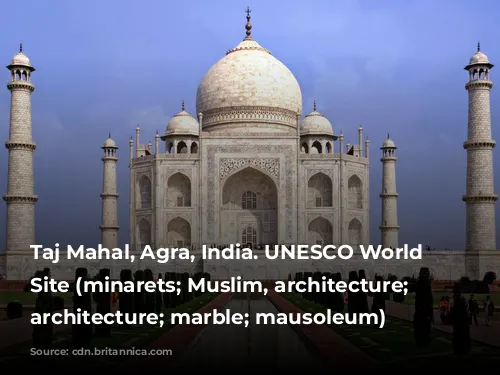
From Ruins to Restoration: The Colosseum’s Rebirth
During medieval times, the Colosseum witnessed a period of decline, experiencing damage from natural disasters and human interference. The site served as a church and a fortress, its once-pristine materials stripped for construction projects. The Colosseum became little more than a quarry, robbed of its marble seats and decorative elements.
However, preservation efforts began in the 19th century, gaining momentum with the notable contributions of Pius VIII. A major restoration project, initiated in the 1990s, breathed new life into the ancient monument. The Colosseum has emerged from its turbulent past, standing tall as a symbol of Rome’s resilience and a testament to its enduring legacy.

